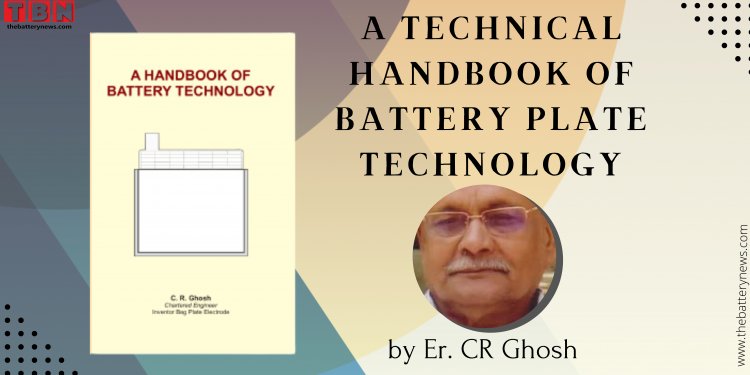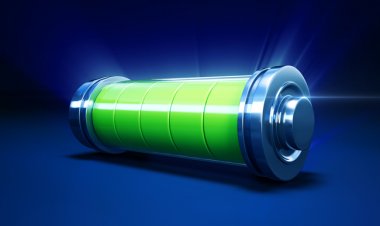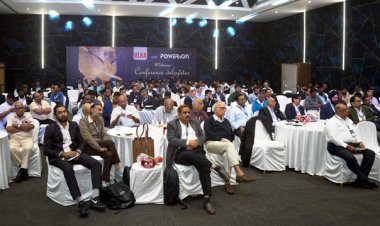A Technical Handbook on Battery Plate Technology by Er. CR Ghosh- A Handbook on Battery Technology
Er. Chitta Ranjan Ghosh is an eminent name and renowned personality in the Indian Battery Industry. He is serving the Indian lead acid battery industry since 1966. He writes a book - A Handbook of Battery Technology as simply and effectively as he is. A very small Book with all essence of his long technical journey in the Indian Battery Industry. In the Book- A Handbook of Battery Technology, all knowledge is divided into major 4 parts- 1. Lead and Its use in battery, 2. Process of Making Plates Flat pasted plate and Tubular plate, 3. Formation of Plante Plate and 4. Servicing. 5th Chapter is about the patent of his Invention- bag Plates. All the facts are shown in a very impressive manner with all essential Pics and graphs. I must say that this book is more than worth its price.
After completing his education as Chartered Engineer, He started his professional carrier at Exide Batteries as Technical Head in 1966 and served the company till 2000. Thereafter a long serving period of 34 years he served a Bangladesh company - Abtab automobile from 2001 to 2002. He was GM for Luminous for one year in 2003 and then serve The Okaya Auto as Director from 2004 to 2007. There he first starts Green Plate Charging in India. In 2008 he joined Eastman Auto as Director and served the company for One year. From 2009 to 2011 he joined M/s Deepak Power Storage Enterprise as Director.Thereafter he starts work on new types of battery plates which were got internationally patented for their design and performance. It's his second invention after Green Plate charging. The new Types of plates are called Bag Plates and give much better results in life and current. You can contact Mr. Jayant Ghosh, his son at mobile number 97480 46012 to purchase a copy of the book at @just 300/- for the first 100 books. We are starting to publish some parts of the book. I hope this will enhance your knowledge and curiosity within you. A Handbook of Battery Technology
Topic covered in this Article:♦ Pure Lead ♦ Lead ♦ Lead Calcium Alloy ♦ 2.5%Lead Antimony Alloy ♦ Lead Oxide ♦ Determination of Free Lead Method ♦ Calculation for Free Lead dxeterminationLead is the main raw material used in Lead–Acid Battery manufacturing. Lead is used in batteries in two ways, as active material, and as a structural material. As active material, we use lead as an oxide of lead (PbO and Pb3O4). To produce oxide we use 99.97% lead. And for structural materials like grids, spines, and small parts we use 2.5% to 3.5% lead-antimony alloys. We can use calcium lead alloys also. Some standard specifications for lead and alloy are given here for ready reference.
Specification for impurity is as below Antimony 0.005% max Arsenic 0.001% max Bismuth 0.03% max Cadmium 0.003% max Chromium 0.0015 max Copper 0.003% max Iron 0.001% max Manganese 0.0005% max Nickel 0.001% max Silver 0.004% max Selenium 0.005% max Tin 0.001% max Zinc 0.002% max Chloride 0.0005% max Dross 1.5% max
Calcium 0.065 to 0.09 % Tin 0.5 to 0.7% max Aluminum 0.02 to 0.035% Antimony 0.005% max Arsenic 0.001% max Bismuth 0.03% max Cadmium 0.003% max Copper 0.003% max Iron 0.001% max Manganese 0.0005% max Nickel 0.001% max Silver 0.004% max Selenium 0.005% max Zinc 0.002% max Chloride 0.0005% max Lead by difference
Pb 97 % by difference Sb 2.5 +/-0.2 % As 0.15 +/- 0.05 % Sn 0.2 % – 0.5% Se 0.016% – 0.025 % Bi 0.03% max Cu 0.05 % max Fe 0.001% max Ni 0.006 % max Ag 0.004 % max Zn 0.001 % max Ca 0.003 % max Mn 0.0005 % max
This oxide is produced in ball mills or in reaction pots. Oxide produced in mills is known as mill oxide and Oxide produced in is pot oxide. Lead is oxidized by taking oxygen from air; in a mill or pot, we create averment for reaction. Lead is prone to be oxidized in presence of heat and moisture. For battery manufacturing a mixture of PbO and Pb at a ratio of 65:35 is preferable. This ratio is controlled by the suction airflow of the mill/pot. And then collected in bag /dram or any other means through a bag filter. For the ball mill lead balls are caste prior to feeding to the mill. Controls for mill
According to the desired ratio to be maintained is guided by the chemical test of Free lead from the running production. Determination of Free leadReagent – 2% acetic acid by volume Solid ammonium sulphate AR Mix 10 g of solid Ammonium sulphate per 100CC of 2% Acetic acid Method Take 5gm sample in a beaker (500ml) add 75CC 2% Acetic acid reagent, boil for 3 min then decant. Wash and repeat the process three times or more to get a clear solution Residual lead will be collected at the bottom. Collect RL into a watch glass wash with water & absolute alcohol and weight by difference. Calculation% Wt of residual lead be 100X / sample wt When X = wt of Residual lead (RL) Here we are giving the standard specification for oxide for ready reference. Can be changed for any particular use. PbO 65 + / - 5 % Pb 35 + / - 5 % Sb 0.002 % As 0.00005 % Bi 0.03% Cd 0.003 % Cu 0.003 % Fe 0.001% Ni 0.001 % Ag 0.004 % Zn 0.002 % Mn 0.0005 % Apparent density 1.4 – 1.6 gm/cc to be measured with Scott density Apparatus Retention on 100 BSS 1 % max Retention on 300 BSS 10 % max Acid absorption 180 mg / gm of oxide min Water absorption 10 – 12 cc/100gm of oxide
|































